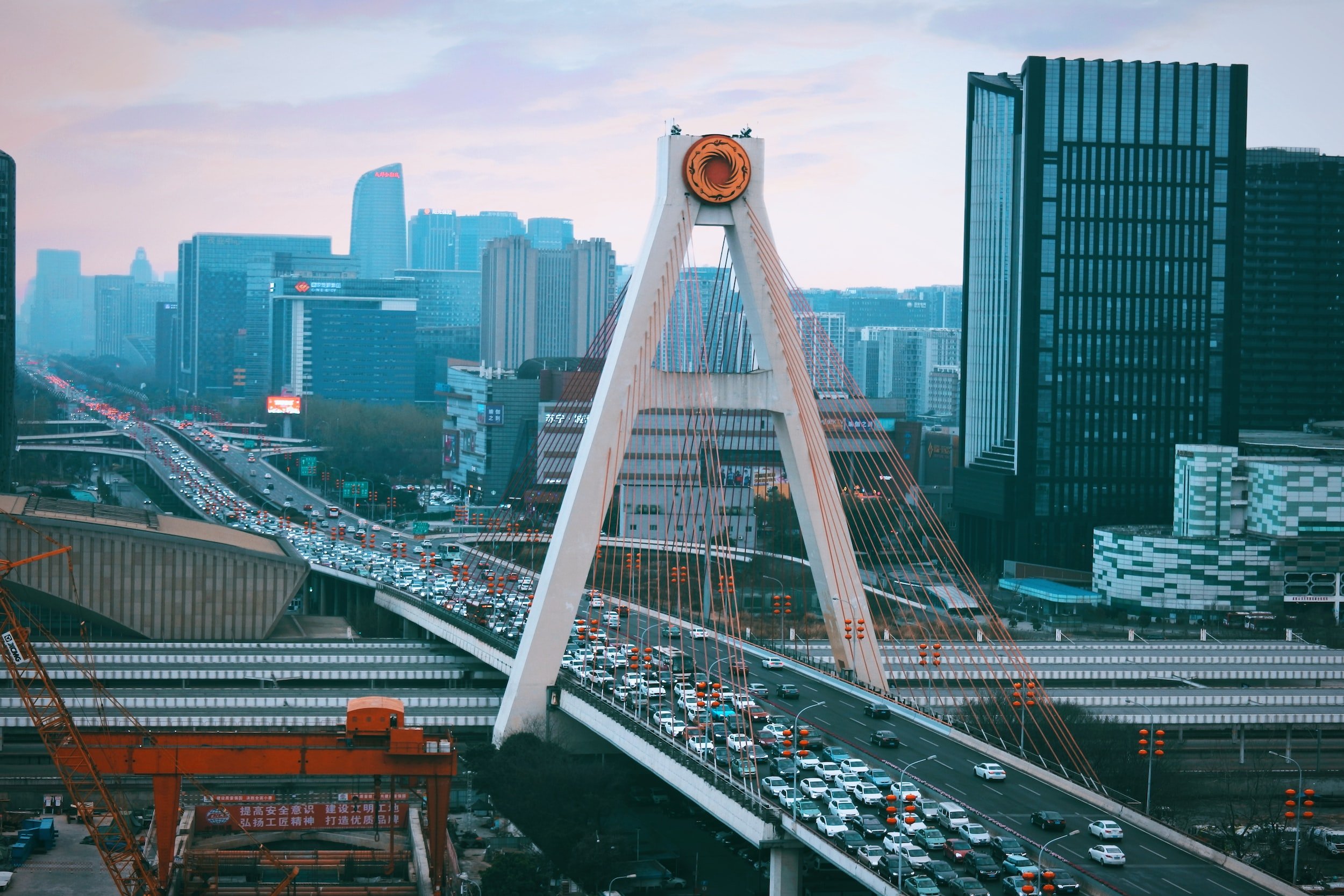
Editor’s note: This is the third part of a 2017 round table discussion between China Partnership staff, the Chinese pastors they work with, and various American church partners. Since this conversation, persecution has greatly increased in China. We have used pseudonyms to protect the identities of those involved in the discussion. You can also catch up on Part 1 and Part 2 of the series.
Chunsun: Can you talk a little bit about leader development? Given the context within their churches and their networks [in the Chinese house church]… do they feel that the current models and methods of leader development are adequate for the church?
Yang Mingdao: Are we talking about theological education or general leadership?
Chunsun: General leadership.
Wang Jianguo: Because I teach in a seminary, I have a voice.
Never miss a story
In the seminaries in the States, they have more than 100,000 books in the library. So they want students to write papers, stay in the library, read a lot, and finish their papers. They want to see the paper because it’s real. It’s not your thoughts, but you got this from somewhere, you read a lot, and discuss what you want to talk about.
But in our seminaries, we have 20,000 books. When I am teaching, I also ask them to write papers and I ask them to read. It’s very personal and they write down their thoughts. It’s very difficult. There is no way around it, because we are short on books; short of Chinese books. If we can translate English books into Chinese, this will take a lot of time. The Korean churches have done a lot. I have met many Koreans here who have studied in American seminaries, but they write in Korean because they have enough Korean theological books and they keep translating English books into Korean.
Previously we have not had an emphasis on theological training, and sometimes we saw seminary as a spiritual retreat or place of revival. When I go to other seminaries in China, I encourage them to sit together to discuss. I give them time to read, and read, and digest the books, but they just sit there. I ask them, why? They say, “Teacher, we love to listen. We don’t want to read!” This is a problem.
When we use [the gospel’s movement’s materials] to do a training, we have the same problem. Many ministers don’t like to think. They just prefer to be told [what to do]. “You just tell me what to say so that I can just do it in my church.” The education model in China is just teach and then we study for the exam. For thousands of years!
For thousands of years, Confucianism emphasized social structure and different hierarchies. They call that li, different forms; you are not encouraged to [think critically], you are more encouraged to obey or be submissive to your superiors. That’s the way you can climb the social ladder. So critical thinking is not encouraged within the culture.
Today, many books written by Tim Keller have been translated. Through our trainings, we encourage the ministers to read, think actively, and not just follow what people say.
I don’t think persecution is the main difficulty for the Chinese churches. The more persecution, the more revival for the Chinese churches. Sometimes we are expecting persecution from the government. When pastors are arrested revival comes to the church. Most of the time, the pastor is the stumbling block of the revival. A key feature of this movement is the focus on the gospel that is the core of our ministry. So even though it is going to take a longer time for personal growth, for church growth, for family growth, it is only a matter of time.
I think a big crisis will be the next generation. Because [the younger] generation has never experienced persecution as the previous generation did and they never had the spiritual battles; they are very greatly influenced by secularism. We observe that the next generation – our kids and children – when they are in public education, not only are they taught against our faith and ideology, but the focus of education – their character and the way they think about things – does great harm to their faith. Because of that, we started our own school. A large number of our congregants have sent their kids to our school.
Doing school is very new for us. Even though we have experience with the church for twenty or thirty years, doing school is very new to us. There are a great number of seminaries in China, but very few schools and institutes can generate Christian educators or Christian teachers for us. I know there are at least one hundred or two hundred churches starting their own Christian schools and programs in the schools, but the work will be a very long haul. We are very short of teaching faculty. It’s very likely [that] a lot of Christian schools in China will fail, or have some detours in the coming years, because we are just trying by ourselves. Because the failure of a school can hurt the churches, we pray the Lord will have mercy on us through the schools and churches.
杨明道 Yang Mingdao is the collective pseudonym for Chinese staff within China Partnership.
王建国 Wang Jianguo is the collective pseudonym for a group of Chinese pastors in the unregistered church participating in a grace-centered gospel movement.
春笋 Chunsun is the collective pseudonym for American individuals, churches, and foundations ministering to Chinese people.
FOR PRAYER AND REFLECTION
Since the time of this interview, persecution has increased greatly in China. Pray for the younger generation of leaders as they experience real pressure for the first time, that they may hold firmly to Christ and that his gospel may be rooted deep in their hearts.


































